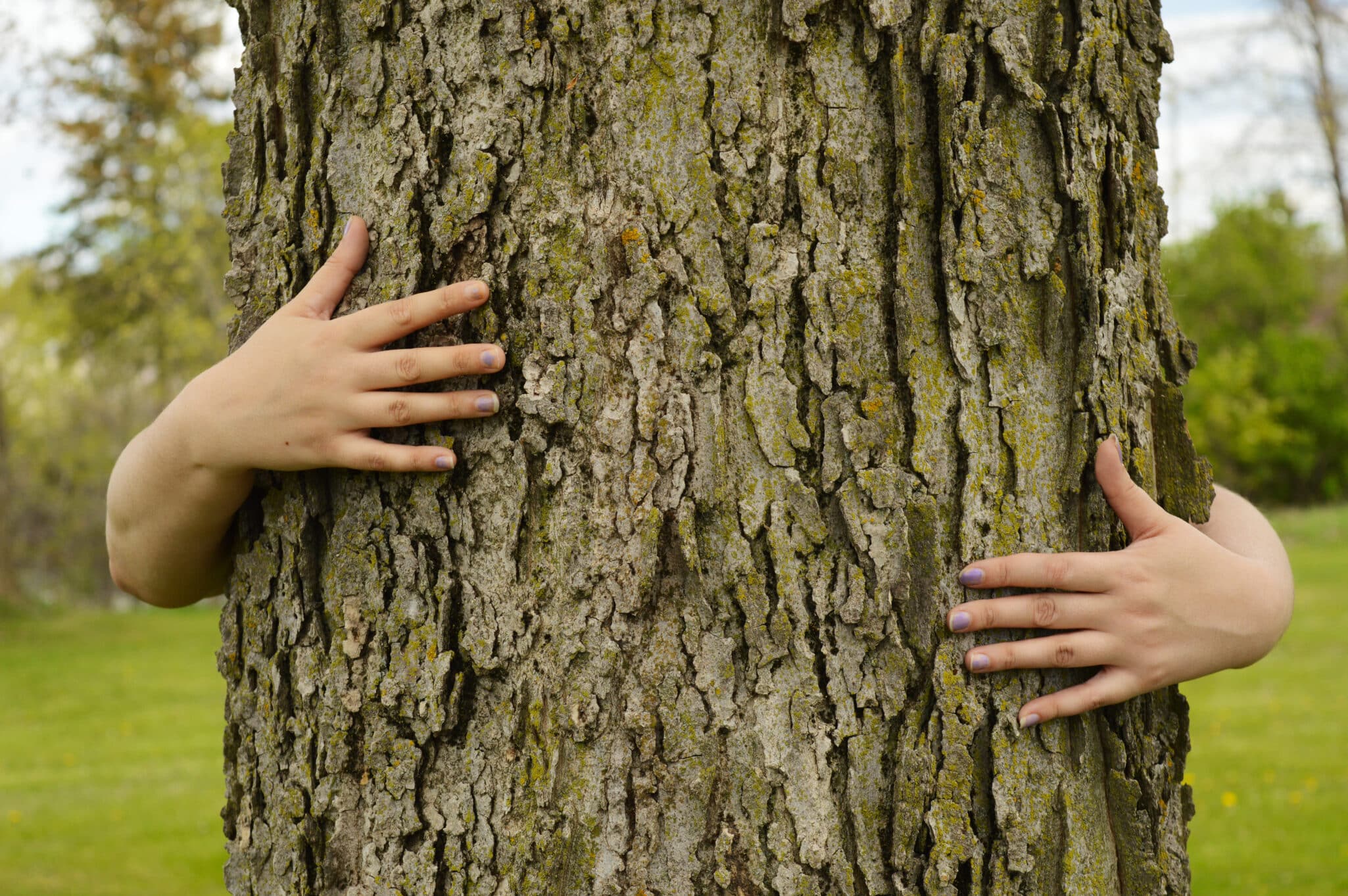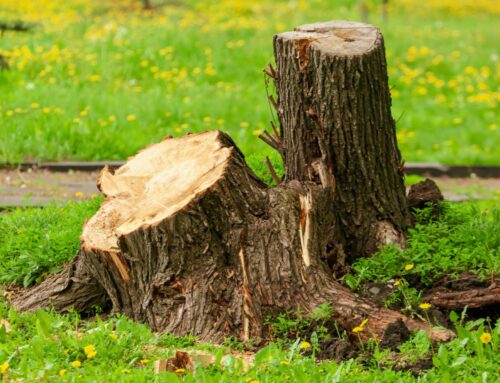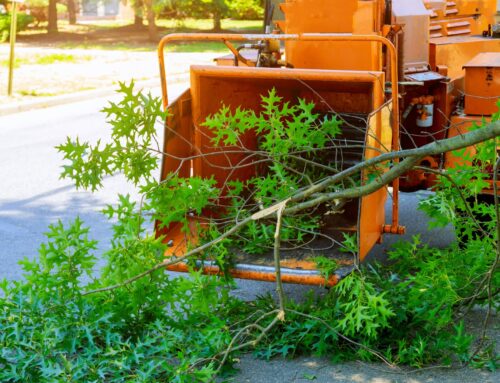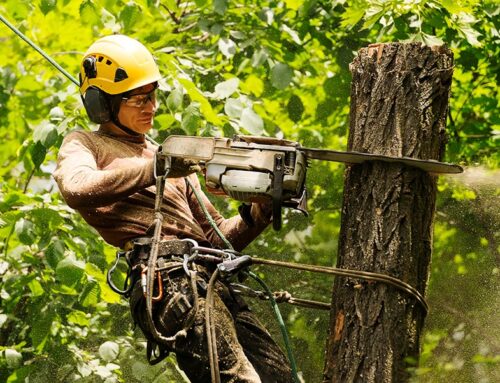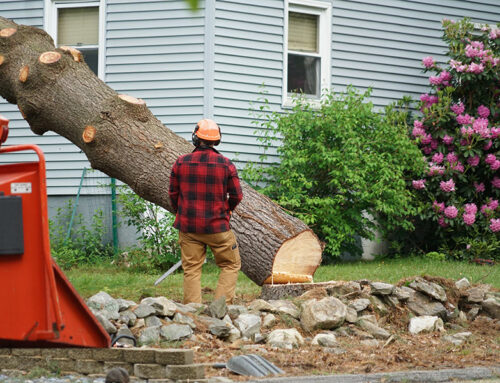Maintaining healthy trees is crucial for the overall health and beauty of your landscape. Trees provide many benefits, including shade, clean air, and a natural habitat for wildlife. A healthy tree can also increase the value of your property. In this article, we will explore the signs of a healthy tree and how to maintain it.
Signs of a Healthy Tree
- Leaves: A healthy tree will have leaves that are full and vibrant in color. The leaves should not have any discoloration, yellowing, or spots. The absence of leaves on the tree during the growing season is a sign of poor health.
- Growth: A healthy tree will have steady growth each year. The branches should be evenly distributed around the trunk, and the tree should be balanced. If one side of the tree appears to be growing more than the other, this may indicate a problem.
- Bark: The bark of a healthy tree should be smooth and unbroken. If the bark is cracked, damaged, or falling off, it may indicate a disease or pest infestation.
- Branches: A healthy tree will have branches that are strong and sturdy. The branches should not be broken, damaged, or hanging down. If a branch is dead, it will snap easily.
- Roots: A healthy tree will have a strong and extensive root system. The roots should be firm and well-established in the ground. If the roots are exposed, damaged, or decaying, it may indicate a problem.
Maintaining a Healthy Tree
- Watering: A tree needs a consistent supply of water to maintain its health. Trees should be watered regularly, especially during dry periods. However, overwatering can be just as damaging as underwatering, so it’s important to find the right balance.
- Fertilizing: Trees require nutrients to grow and thrive. Fertilizer can help provide these nutrients, but it’s important to use the right type and amount. Over-fertilizing can damage the tree, while under-fertilizing can stunt its growth.
- Pruning: Pruning is essential for maintaining the shape, health, and safety of a tree. Dead or diseased branches should be removed promptly to prevent the spread of disease. Pruning should be done during the dormant season to minimize stress on the tree.
- Mulching: Mulch helps to retain soil moisture, regulate soil temperature, and suppress weed growth. It also provides nutrients as it decomposes. Mulch should be applied 2-4 inches deep around the base of the tree, but not touching the trunk.
- Pest Control: Trees can be attacked by pests such as insects or fungi. Regular monitoring and control measures can help prevent infestations from occurring. If an infestation is present, it’s important to act quickly to prevent further damage.
Conclusion
In conclusion, maintaining a healthy tree is essential for the overall health and beauty of your landscape. Signs of a healthy tree include full and vibrant leaves, steady growth, smooth bark, strong branches, and a well-established root system. Maintaining a healthy tree involves regular watering, fertilizing, pruning, mulching, and pest control. By taking care of your trees, you can enjoy their many benefits for years to come.


